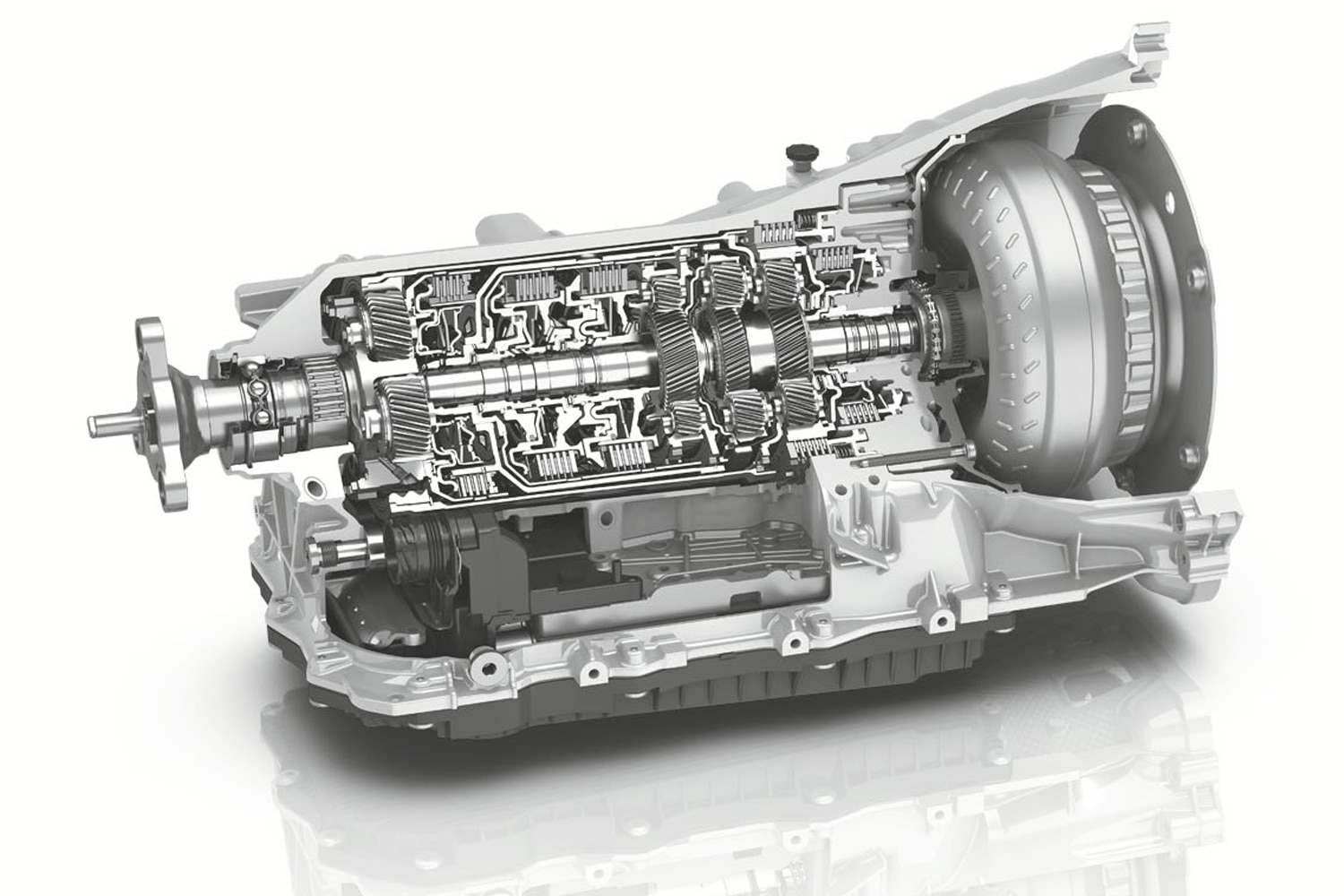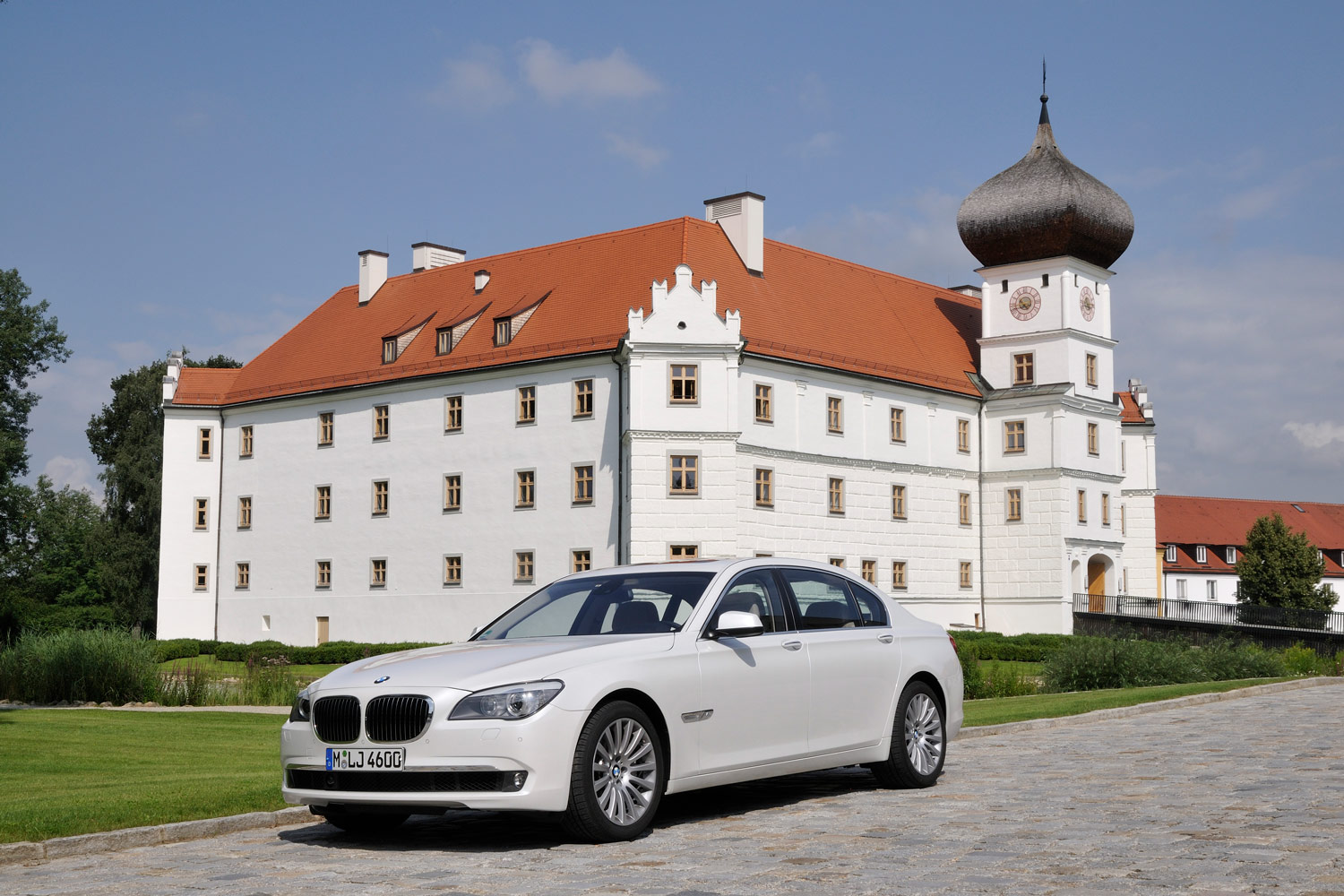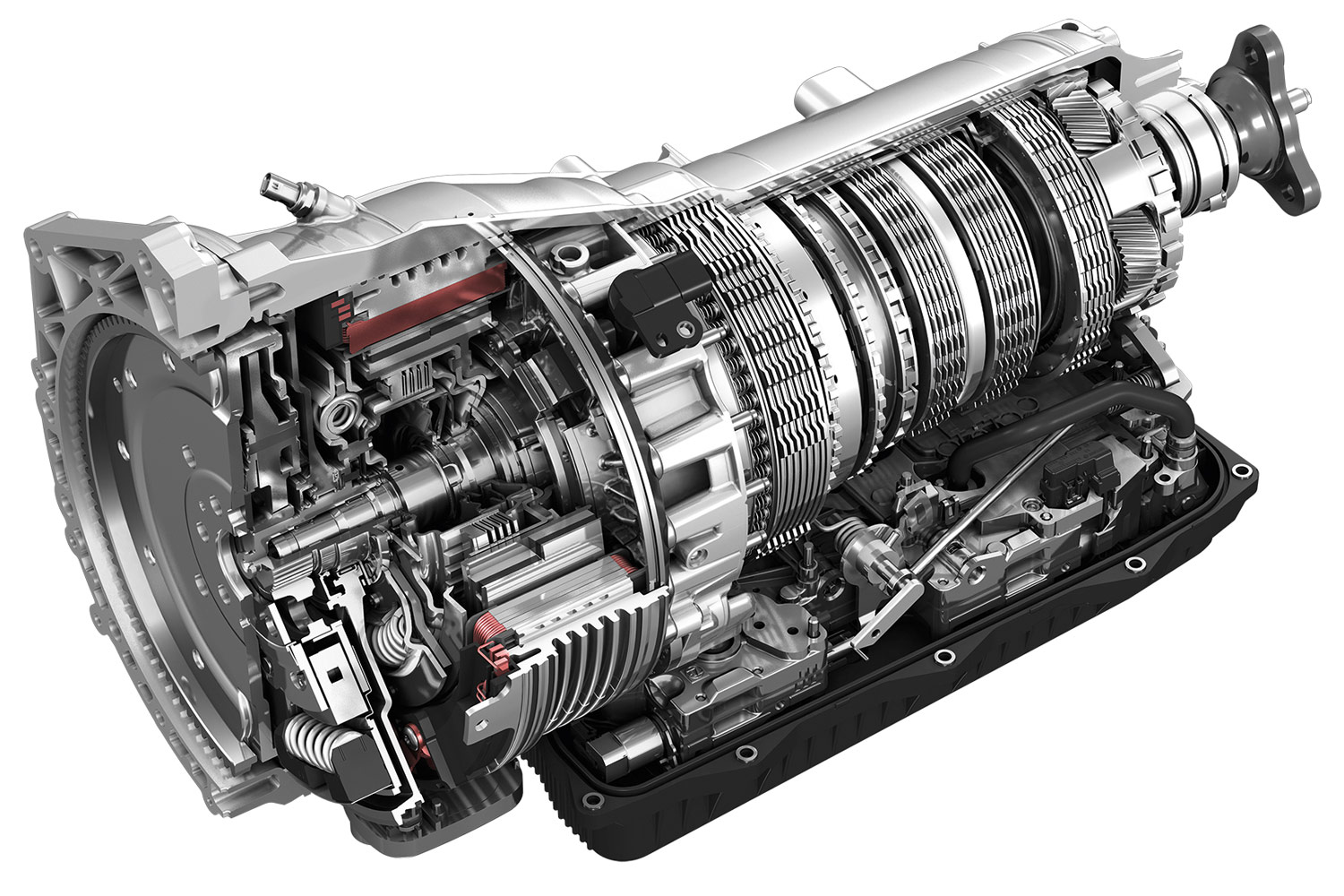The ZF 8HP Is the LS of Transmissions
This popular eight-speed automatic shows up in everything from Alfas to Volkswagens.
 ZF Friedrichshafen
ZF Friedrichshafen
Good design often breeds ubiquity. Case in point: General Motors' LS family of V8s, whose popularity is a direct result of its efficient packaging, low cost, and big power potential. The small-block has found its way into a host of GM production models over the years as well as plenty of other makes by way of the classic engine swap. When automakers (and enthusiasts) find a good thing, they stick with it. If it ain't broke, don't mess with the recipe.
The same goes for ZF's 8HP eight-speed automatic transmission. Its tidy dimensions, range of torque ratings, and modularity make it well-suited to just about any longitudinal-engine, rear-drive-based application. All-wheel drive and traditional four-wheel drive are also possible.
 BMW
BMW
What is the ZF 8HP Eight-Speed Automatic?
The German auto parts supplier, ZF Friedrichshafen, introduced its advanced eight-speed automatic in the 2010 BMW 760Li, a V12-powered flagship luxury sedan known for debuting some of the automaker's best new technology. At the time, it was one of the first eight-speeds on the market, with most other conventional autos maxing out at six forward ratios. This was (and still is) a boon to automakers, as more gears means a wider ratio spread, which translates to improved fuel economy and flexibility.
Since then , the 8HP has been hitched to all manner of Jaguars and Land Rovers, plus a variety of gasoline and diesel engines from German auto giants BMW and Volkswagen, as well as their subsidiaries. Then, add in the rear-drive portions of the Stellantis portfolio (think Rams, Jeeps, Hellcats, Alfas, and Maseratis), the latest Aston Martin sports cars, and even Morgans. As a result, the ZF 8HP is in nearly every segment of the new car market.
 ZF Friedrichshafen
ZF Friedrichshafen
What's So Great About This Eight?
The ZF eight-speed auto is a real performer. Despite the wide range of applications, the ZF 8HP has a relatively simple design that has fewer moving parts than comparable transmissions. This means less energy lost to drag, while its lightweight internals and fast-acting solenoids provide shifts that can take as little as 200 milliseconds. In fact, the ZF 8HP is quicker to change gears than some dual-clutch transmissions.
 ZF Friedrichshafen | Plug-in hybrid version
ZF Friedrichshafen | Plug-in hybrid version
Why Do So Many Automakers Use the 8HP?
In addition to the above advantages, the 8HP is extremely flexible. Depending on the iteration, it can handle torque outputs from 162 lb-ft all the way up to 770. It can also accommodate hybridization — from mild to plug-in — by trading the torque converter for an electric motor. Containing the motor within the transmission housing simplifies packaging; automakers don't have to make space for it. And speaking of space, the eight has the same dimensions as ZF's old six-speed auto, while also being slightly lighter.
The 8HP is highly tunable to specific applications, providing crisp shifts in everything from small sedans (BMW 3-Series, Alfa Romeo Giulia) to the biggest ultra luxury models (Rolls-Royces, Bentleys) to 700-plus-hp pickups and SUVs (Ram 1500 TRX, Jeep Grand Cherokee Trackhawk). And the transmission can go from relaxed to sporty at the press of a button or the turn of a mode dial.
Written by humans.
Edited by humans.
 David Gluckman
David GluckmanDavid Gluckman has over a decade of experience as a writer and editor for print and digital automotive publications. He can parallel park a school bus, has a spreadsheet listing every vehicle he’s ever tested, and once drove a Lincoln Town Car 63 mph in reverse. When David’s not searching for the perfect used car, you can find him sampling the latest gimmicky foodstuffs that America has to offer.
Related articles
View more related articles